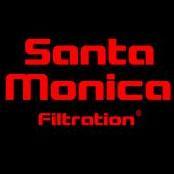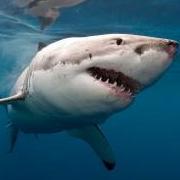Mega Powerful Nitrate and Phosphate Remover - DIY!
-
Topics
-
Latest Update
-
0
-
0
WTB Orphek Atalantic Icon
Looking for Altantic Icon. Let me know if you have one for sale -
0
-
0
WTG DD Jump Guard
Giving away above accessories have been use for 30cm by 30cm Collect at Sembawang Collect at 936twotwo119 -
0
WTS 3 x Jerry Can
Selling above 3 (1x 1litre, 1x 5litre, 1x 10litre) jerry can at $10 Use to storage DI water. Collect at Sembawang Contact me at nine36twotwo119
-






Recommended Posts
Join the conversation
You can post now and register later. If you have an account, sign in now to post with your account.